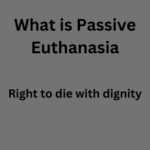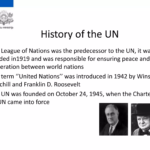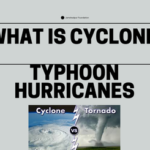International treaty to protect the high seas: Basics Explained

After years of negotiations United Nations member states have finally agreed to the legally binding pact on the first international treaty to protect the high seas, a fragile and vital treasure that covers nearly half the planet–will help reverse marine biodiversity losses and ensure sustainable development and to conserve and ensure the sustainable use of ocean biodiversity. The treaty will deal with Biodiversity Beyond National Jurisdiction.
The treaty will be formerly adopted at a later session, and then it only enters “into force” once enough countries have signed up and legally passed it in their own countries.
The treaty was negotiated under the United Nations Convention on Laws of the Sea (UNCLOS) of 1982 which governs the rights of countries regarding marine resources.
- The headline is the agreement to place 30% of the world’s international waters into protected areas (MPAs) by 2030.
- Also agreed to arrangements for sharing marine genetic resources, such as biological material from plants and animals in the ocean. These can have benefits for society, such as pharmaceuticals.
- The UN High Seas Treaty puts more money into marine conservation and means new rules for mining at sea.
- The treaty will also oblige countries to conduct environmental impact assessments of proposed activities on the high seas.
- The treaty is seen as a crucial component in global efforts to bring 30 percent of the world’s land and sea under protection by the end of the decade, a target known as “30 by 30” agreed in Montreal, Canada, in December last year.
LEARNING FROM HOME/WITHOUT CLASSES/ BASICS
Ocean ecosystems produce half the oxygen we breathe, represent 95% of the planet’s biosphere and soak up carbon dioxide, as the world’s largest carbon sink.
Two-thirds of the world’s oceans are currently considered international waters. That means all countries have a right to fish, ship and do research there. But until now only about 1% of these waters – known as high seas – have been protected. This leaves the marine life living in the vast majority of the high seas at risk of exploitation from threats including climate change, overfishing and shipping traffic.
Ocean ecosystems create half the oxygen humans breathe and limit global warming by absorbing much of the carbon dioxide emitted by human activities. But they are threatened by climate change, pollution and overfishing. Only about 1 percent of the high seas are currently protected.
The high seas begin at the border of countries’ exclusive economic zones, which extend up to 370km (200 nautical miles) from coastlines. Beyond that point, the seas are under the jurisdiction of no country. Waters beyond that are known as open seas or high seas.
- Biological diversity – or biodiversity – is the term given to the variety of life on Earth and the natural patterns it forms. This diversity is often understood in terms of the wide variety of plants, animals and microorganisms. Biodiversity also includes genetic differences within each species – for example, between varieties of crops and breeds of livestock. Chromosomes, genes, and DNA-the building blocks of life-determine the uniqueness of each individual and each species.
- Yet another aspect of biodiversity is the variety of ecosystems such as those that occur in deserts, forests, wetlands, mountains, lakes, rivers, and agricultural landscapes. In each ecosystem, living creatures, including humans, form a community, interacting with one another and with the air, water, and soil around them.
- Protecting biodiversity is in our self-interest. Biological resources are the pillars upon which we build civilizations. Nature’s products support such diverse industries as agriculture, cosmetics, pharmaceuticals, pulp and paper, horticulture, construction and waste treatment. The loss of biodiversity threatens our food supplies, opportunities for recreation and tourism, and sources of wood, medicines and energy. It also interferes with essential ecological functions.





0 Comments